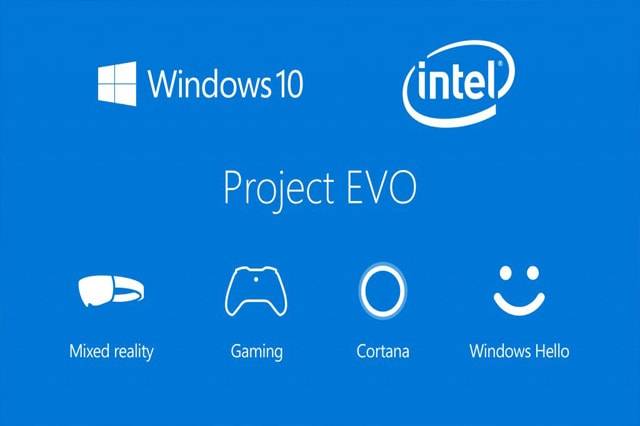The PC market has been on the decline for years now. Subsequently, Microsoft will be doing everything within its power to curb that trend this 2017. Will the tech giant be able to pull the stops? At its WinHEC conference in China this week, Microsoft revealed its two new efforts to revive the PC business. Let’s take a closer look at both plans.
Microsoft Windows 10 on the Go
On top of Microsoft’s list is going back to an idea it dropped a few years back. That is to bring Windows to mobile devices. By porting over the OS to ARM-based chips (used commonly on mobile phones), Microsoft aims to build thinner devices that have better battery life than any traditional PC. Looking back at Microsoft’s first shot at this idea, though, it’s surprising that they’re even attempting another crack at it.
Microsoft first introduced the concept back in 2012 with Windows RT, which was a huge dud. They ran Windows RT on the first Surface computers and the novelty never caught on. A huge reason behind the flop was the fact that such computers only run “modern” applications built for Windows 8. The machines couldn’t run older x86/x64 programs like Photoshop.
This time around, Microsoft went back to the drawing board to address such limitations. Starting with an update next year, expect Windows 10 to be able to run on Qualcomm chips. It’ll be using an emulation layer to support Photoshop and other classic Windows programs. In line with these features, Microsoft may be selling wireless connectivity plans directly from its Windows Store real soon.
Running Windows 10 on VR Headsets
In partnership with Intel, Microsoft plans to make the latest Windows OS a major contender in virtual reality headsets. While Windows PCs have been the brains powering some of the most popular VR hardware on the market (e.g. the Oculus Rift and HTC Vive), Microsoft wants Windows itself running on VR.
The company has been working with a few traditional PC makers to allow Windows 10 computers to connect to head-mounted VR displays. That is in addition to its efforts with the HoloLens system. A few of those who’ve made the commitment to build such innovation includes ASUS, HP, Acer, Lenovo, and Dell.
Microsoft also announced that 3Glasses, a leading Chinese VR firm, will spearhead the making of a Windows 10-based virtual reality setup. The tech giant also revealed details on the PC specifications required to run Windows 10 VR headsets. At the minimum, the PC needs 8GB of RAM, an Intel Core i5 CPU (with Hyperthreading), HDMI or DisplayPort connections that support 2880×1440 resolution at 90 Hz, USB 3.0, and DirectX 12-compatible graphics card or Intel HD Graphics 620 chipset.
All of Microsoft’s VR undertakings are part of the company’s broader collaboration with Intel, code-named Project Evo. These two are currently working to improve face and voice recognition on Windows PCs. Such improvements include incorporating far-field microphones that gives users the ability to ask Cortana on their PC much like we already do with Google Assistant and Amazon’s Alexa.
The Growing Surface PC Line
All of these new efforts go hand in hand with Microsoft’s continuing endeavor to grow the Surface line. Despite a shaky start, the PC has surprisingly grown steadily over the course of a few months. In fact, the company unveiled the Surface Studio just this year. The powerful all-in-one machine debuted just as Apple revealed the latest MacBook Pro. The move led to an inevitable comparison between the two impressive products. Real soon, we’ll do a review and comparison of both, so hold your horses for that.
Microsoft’s recent reveal and latest upgrades show that it just won’t let its PC business fade into the sunset. Will its new efforts and innovations be enough to breathe new life into it? We’ll wait and see.


